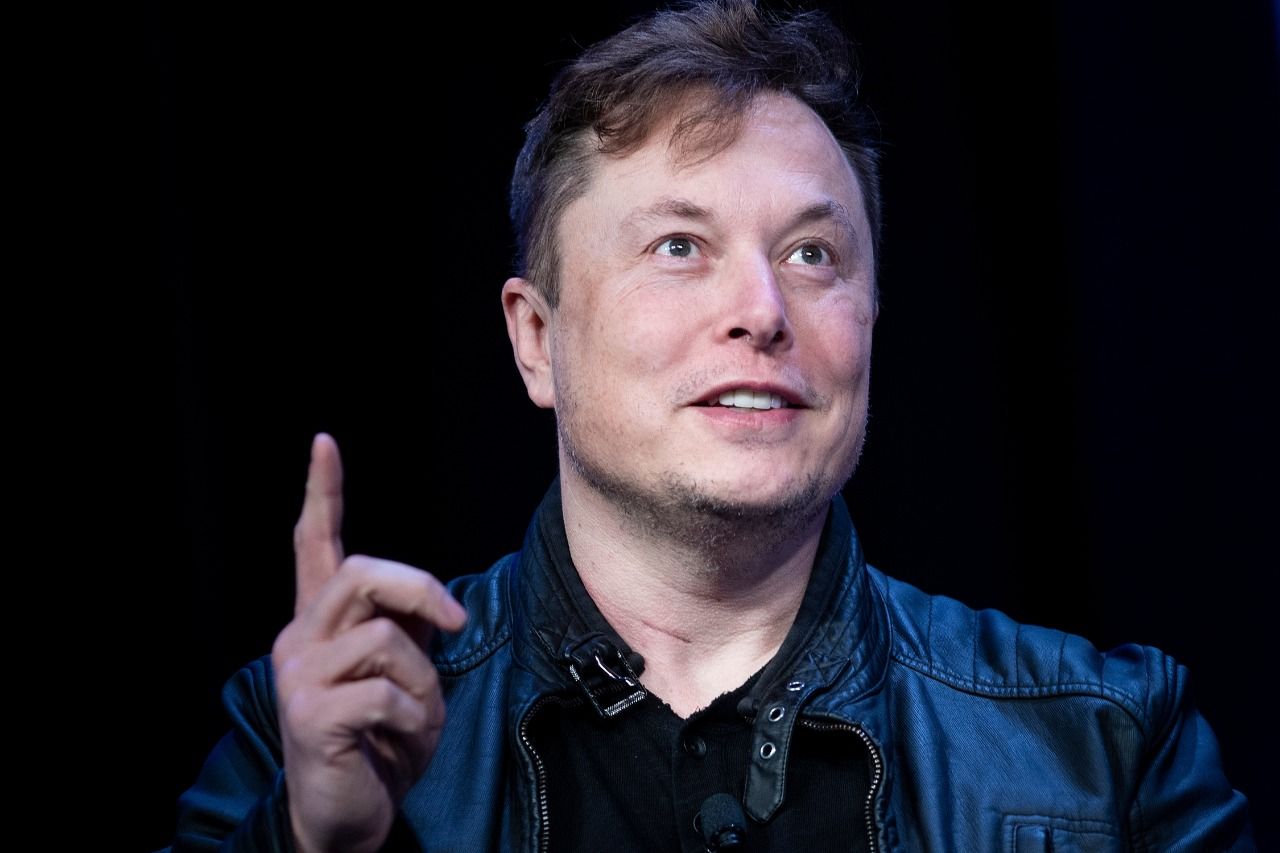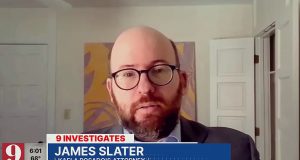Elon Musk put a rest to speculation on Tuesday after explaining his stance on “free speech”, about two days after Twitter accepted his $44 billion takeover deal. Musk explained that his support for free speech came with a condition.
In a social media post on Tuesday, Musk wrote, “By ‘free speech’, I simply mean that which matches the law. I am against censorship that goes far beyond the law.”
Musk, currently the richest person in the world, explained that it was up to the people and the government to decide the degree of free speech they want. His post read, “If people want less free speech, they will ask the government to pass laws to that effect. Therefore, going beyond the law is contrary to the will of the people.”
In a follow-up post, Musk slammed his critics and wrote, “The extreme antibody reaction from those who fear free speech says it all.”
The upcoming change in Twitter’s leadership has revived the presence of personalities who were previously banned by the microblogging platform. These include Fox News affiliates Tucker Carlson and Mark Levin.
The White House also gave a veiled response to the Twitter takeover and expressed “concern”. Jen Psaki, the White House press secretary said, “The president has long talked about his concerns about the power of social media platforms, including Twitter and others, to spread misinformation.”
Musk has previously called himself a “free speech absolutist“, indicating that he may choose to reinstate accounts of those who have been previously blocked.
Twitter’s experiment with free speech: How did it unfold before?
A decade ago, a Twitter executive dubbed the company “the free speech wing of the free-speech party” to underscore its commitment to untrammeled freedom of expression, according to reports from Associated Press. However, the move did not play out very well for the company.
The company was an early adopter of the “report abuse” button after UK member of parliament Stella Creasy received a barrage of rape and death threats on the platform.
Twitter has continued to craft rules and invested in staff and technology that detect violent threats, harassment and misinformation that violates its policies.







